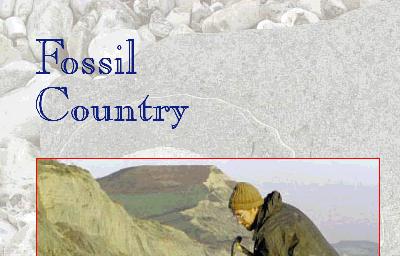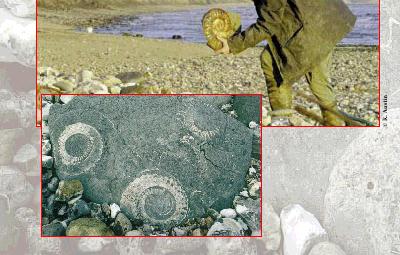![]()
Home Page
History
Heritage Coastline
Sporting Playground
Fossil Country
Artists Inspiration
Events
Touring Base
Leisure Amenities
Environment
  |
Lyme Regis
and the six mile stretch of coastline either side of the town is world
famous for its fossils. The reason for their abundance here is due to
the type and combination of rocks. 195 million-year-old clay and
limestone belonging to the Lower Jurassic period, topped by younger
sandstone rocks, gives rise to continual landslips which release new
fossils on to the beaches. It was on these beaches that one of Lyme’s most famous citizens, Mary Anning (1799-1847) discovered the first Ichthyosaur to be found in England and she was just twelve years old at the time! Later, as one of the first professional fossil collectors, she discovered locally a plesiosaur and a Pterodactyl!
|
| Complete Ichthyosaurs are still found in the vicinity by experts, but you may be lucky enough to find pieces of fossilised bone such as vertebrae in the beach shingle. The spiral shaped Ammonite (extinct members of the mollusc family) are more common although it does take a practiced eye, lots of patience and a little luck to find good examples. You are more likely to find fools gold pyritised ammonites (between the size of a 5p and a 10pcoin), the bullet shaped Belemnite, or trace ammonites in the large boulders - those at Monmouth Beach seen at low tide are particularly impressive, some being as much as one metre across. Excellent examples of local fossils can be seen at the Philpot Museum, the Charmouth Heritage Coast Centre and the many shops and exhibition centres which abound in the town. |
|
REMEMBER |
 |
